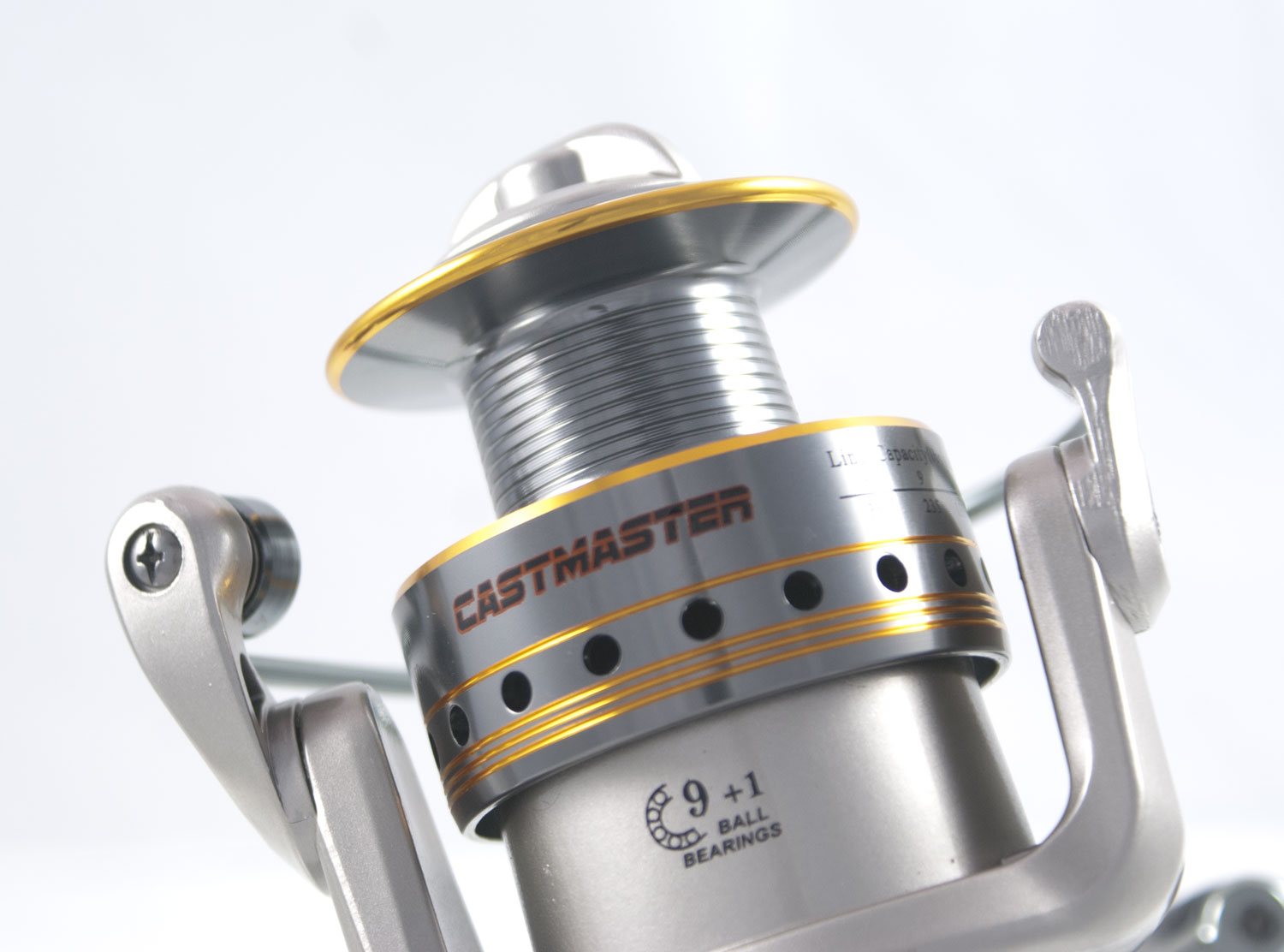
You’ll see notes on stability and shooting experience in the product description of each stand. We also shot seated and standing to gather notes on the shooting experience. So, any wiggle or bounce was noted as we moved around on the platform. We defined stability as movement felt while on the stand. We judged comfort sitting in the seat but also factored the stand’s comfort while standing. We gave each stand a comfort score on our one-to-five scale, with five being the most comfortable. We tested all the stands for comfort and stability and shot our bows from the stands. While we were hanging each stand, two testers stood on opposite sides of the tree and scored the perceived noise level on a one to five scale (five is the quietest). You’ll see these times in the key features section for each stand. Then started the clock once they began climbing and stopped the clock when they were standing on the platform. For the hang ons, we pre-set two climbing sticks. For the climbers, the testers started at the base of the tree with the stand on their back and then climbed to ten feet (base of the platform). We timed how long it took to set up the stands on a straight tree with a 14-inch diameter. The packability score was determined by a stand’s carrying comfort, maneuverability, and perceived noise. Each tester gave a score for packability from one to five, with five being the best. We also carried the stands through thick woods to see if any part of the stand caught on brush. The two testers who weren’t carrying stands stood along the trail, listening for any noise.

Then, a tester carried the stand down a trail. To test how well a stand carried through the woods, we set up each stand in its pack configuration. Using our combined experience, we tested each stand with the following protocols: Scott Einsmann: Outdoor Life‘s gear editor and experienced mobile hunter. Josh Philips: Like his brother Billy, Josh is a four-season bowhunter with over 100 days spent in stands and saddles each year.
#Castmaster tree stand full#
The Test Teamīilly Philips: Is an urban bowhunter who has the opportunity to hunt 365 days a year and takes full advantage of those opportunities with 150 days spent in a stand or saddle. Here’s the full breakdown of the test team and our protocols and scoring system. We tested the ladder stand on how easy it was to assemble, comfort, and stability. The climbers and hang-ons followed the same test protocol of packability, speed, noise, comfort, stability, and shooting. The second day was all about building and testing the ladder stand. On the first day we tested hang ons and climbers, in spitting rain, which helped us evaluate platforms for their grip and seats for how much water they held. We tested tree stands over two days in northern Virginia, using hardwood trees of varying diameters. How We Tested Tree Stands We tested hang-on, climbers, and ladder stands over two days.
#Castmaster tree stand pro#
#Castmaster tree stand series#
So, to help you find the best tree stand for your hunting style, a team of three testers spent a weekend comparing seven of the best tree stands and putting them through a series of tests. From innovative small manufacturers to large established companies, there’s never been more brands making better tree stands than there are today. Today’s stands are much more sturdy, they’re also lighter, more comfortable, and quieter than stands many of us learned to hunt from. test) heavy spinning, surfcasting, trolling in surf, sea, big lakes - for stripers, blues,jacks, lake trout, salmon.We’ve come a long way from plywood and 2X4 tree stands that creaked like old wood floors and started to rot after several seasons in the elements. test) medium-heavy spinning, baitcasting, trolling, in fresh or salt water - for salmon, steelhead, and many salt water species.Ģ oz., 3 oz. test) medium spinning, bait casting - for large trout, white & black bass, and smaller salt water species.ģ/4 oz., 1 oz. test) ultra-lite, light spinning & ice jigging - for trout, pickerel, panfish, smallmouth bass, snapper blues.ģ/8 oz., 1/2 oz.

test) for the light tackle specialist - ideal for trout, panfish, shad & for ice fishing.ġ/8 oz., 1/4 oz.


 0 kommentar(er)
0 kommentar(er)
